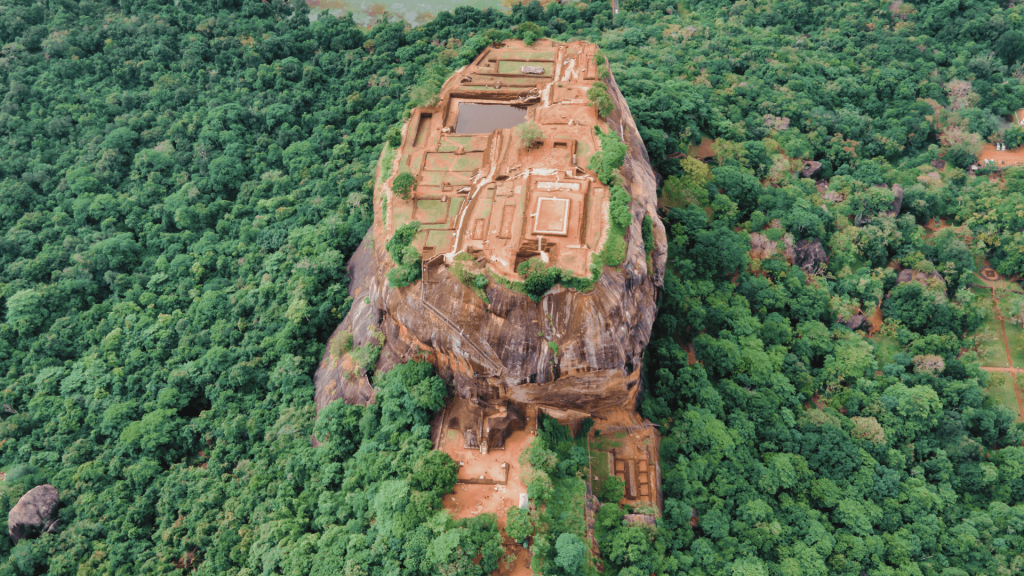
Introduction
Sigiriya, the Lion Rock of Sri Lanka, is not only a historical marvel but also an epitome of ancient engineering and urban planning. Its water management and rainwater harvesting systems are particularly impressive, reflecting a sustainable approach to resource management in the 5th century AD.
Historical Context
King Kashyapa’s reign saw the construction of Sigiriya, a fortress that integrated natural elements with architectural prowess. The site is a UNESCO World Heritage Site, recognized for its significance in ancient urban planning and its advanced hydraulic systems.
The Water Gardens
The water gardens of Sigiriya are a masterpiece of irrigation engineering design, representing some of the oldest landscaped gardens in the world. They served as a grand entrance to the palace, impressing visitors with their beauty and the technological mastery of water management.
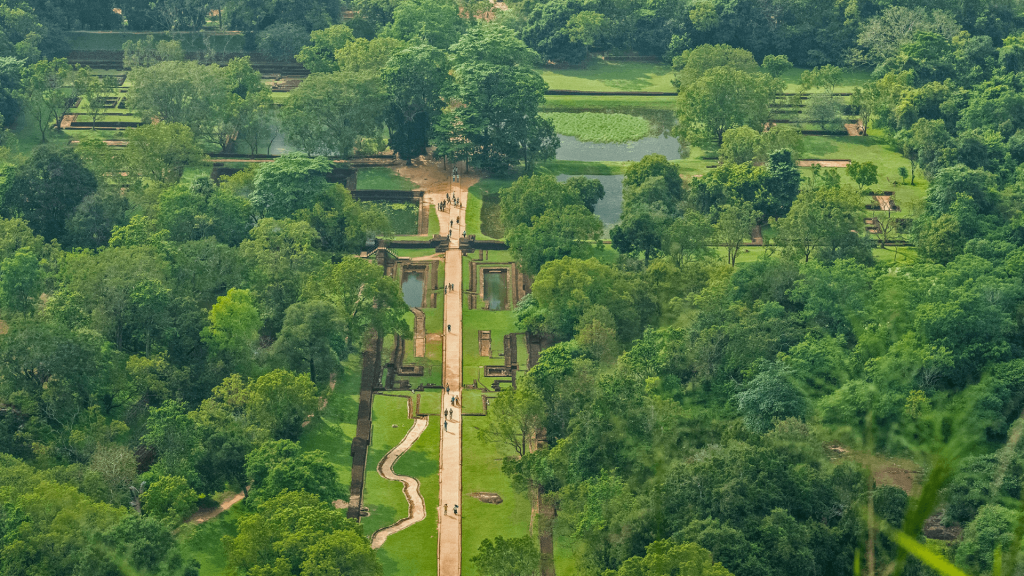
Symmetrical Water Gardens
The symmetrical water gardens were a complex network of pools, fountains, and streams, organized impeccably to create a visually spectacular display. These gardens utilized hydraulic power, underground tunnel systems, and gravitational force to function, a feat that is still operational nearly 1,500 years later.
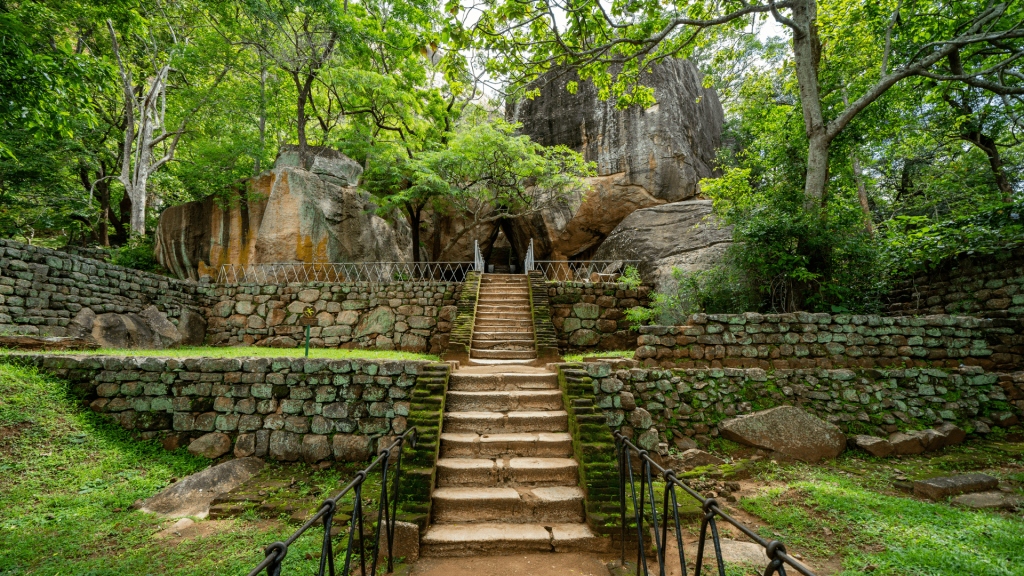
Asymmetrical Boulder Gardens
The asymmetrical boulder gardens played on natural and geometric forms, incorporating the rocky landscape into the design. This section included artfully designed pools and platforms that once held pavilions and performers.
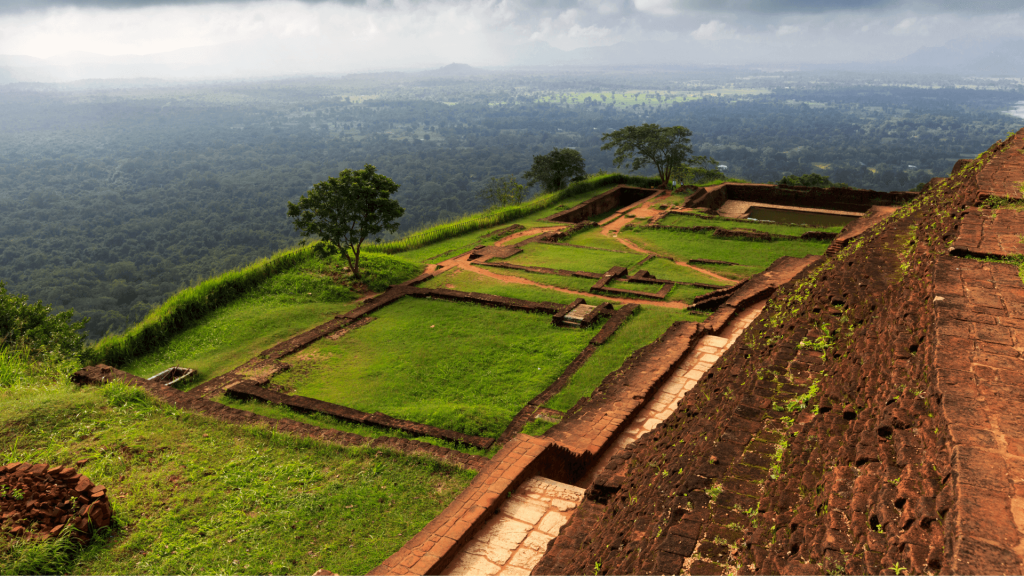
Terraced Gardens
The terraced gardens, circling the rock, were part of the stepped garden system that led up to the palace. They were likely used for agriculture, taking advantage of the rainwater harvesting system to irrigate crops.
Rainwater Harvesting Techniques
Sigiriya’s rainwater harvesting was a critical component of its water management. The system collected rainwater from the monsoon rains, which was then stored in reservoirs and cisterns for use during drier periods.
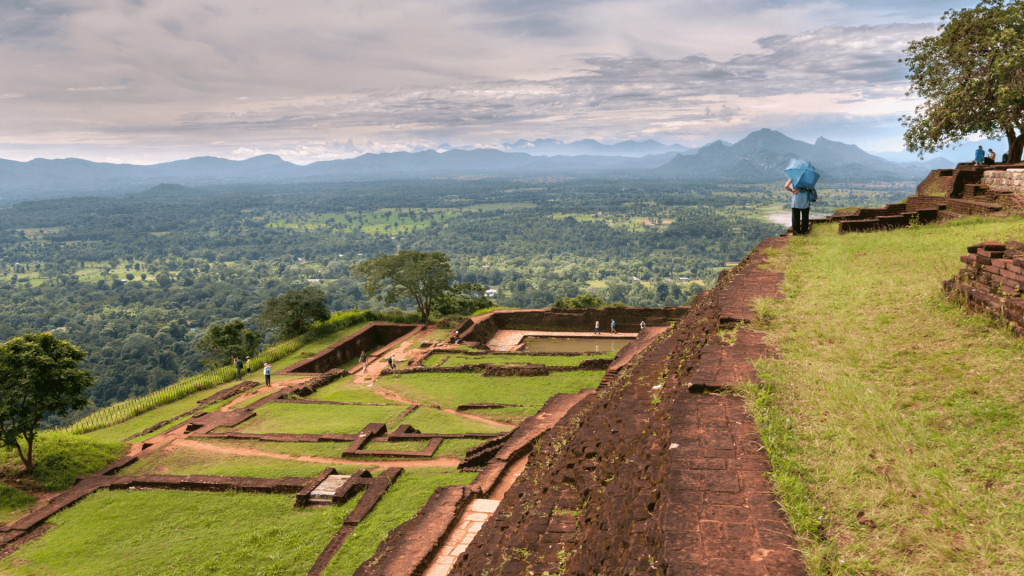
Collection and Storage
Rainwater was collected from the rooftops and surface runoff, which was then directed into a sophisticated network of conduits and stored in large reservoirs. These reservoirs were strategically placed to supply water throughout the complex, even during droughts.
Distribution
A series of underground conduit terracotta pipes used gravitational force and hydraulic pressure to send water from the Sigiriya tank, which had a slightly higher elevation than the gardens, into the different pools, fountains, and streams throughout the gardens1.
Sustainability and Efficiency
The ancient engineers of Sigiriya designed the water systems with sustainability in mind. The rainwater harvesting techniques ensured a continuous supply of water, which was crucial for the survival of the community and the lush gardens that surrounded the fortress.
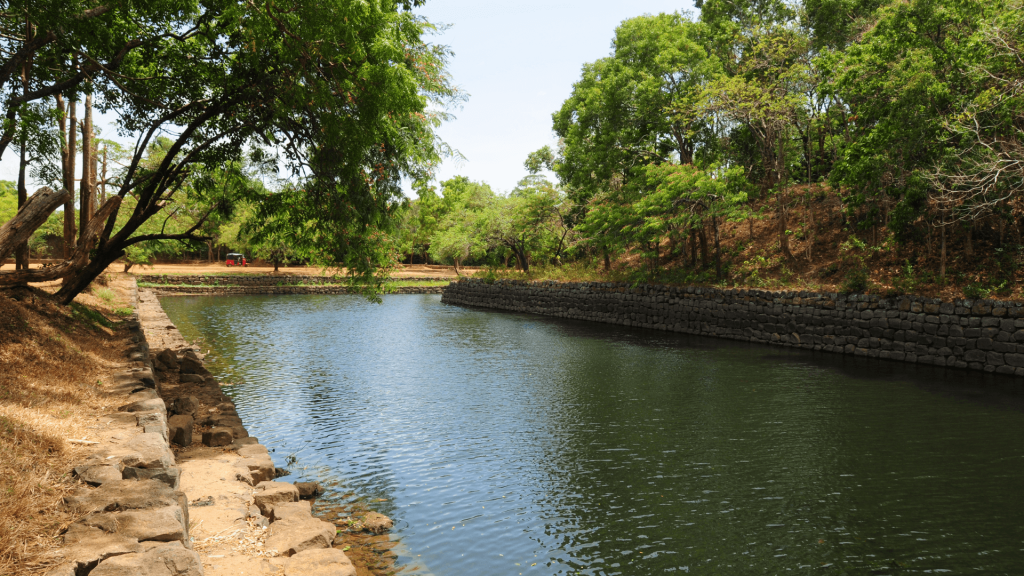
Conclusion
The water management and rainwater harvesting systems of Sigiriya are a testament to the foresight and ingenuity of ancient civilizations. They managed to create a self-sustaining ecosystem that supported a complex society and showcased the harmony between nature and human ingenuity.
